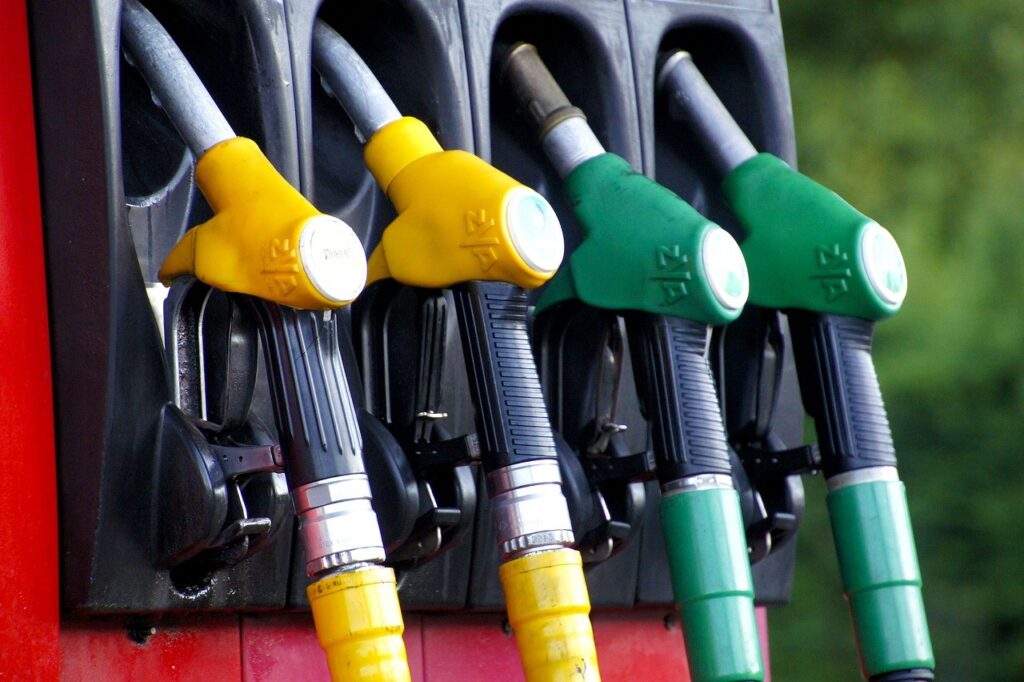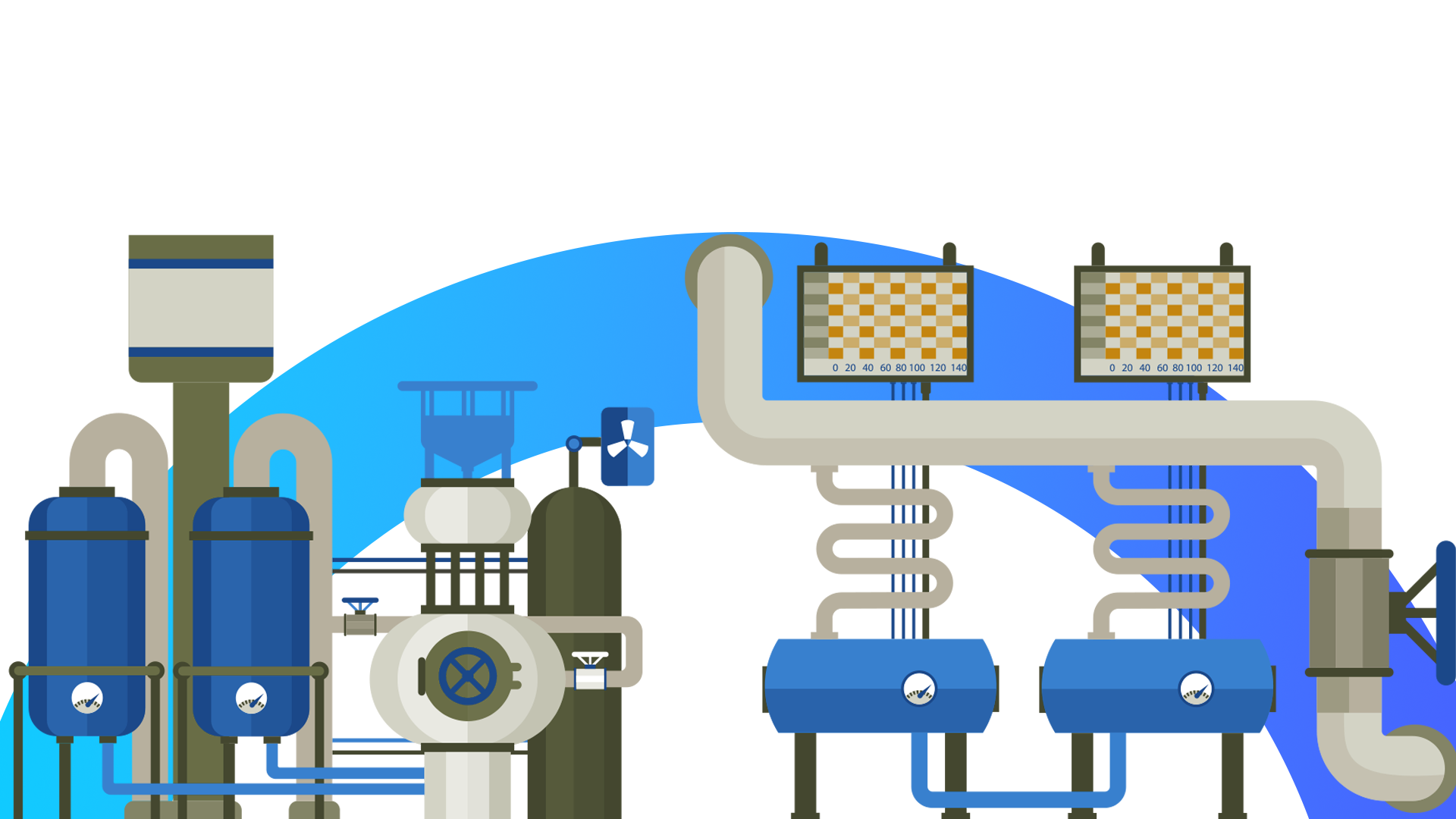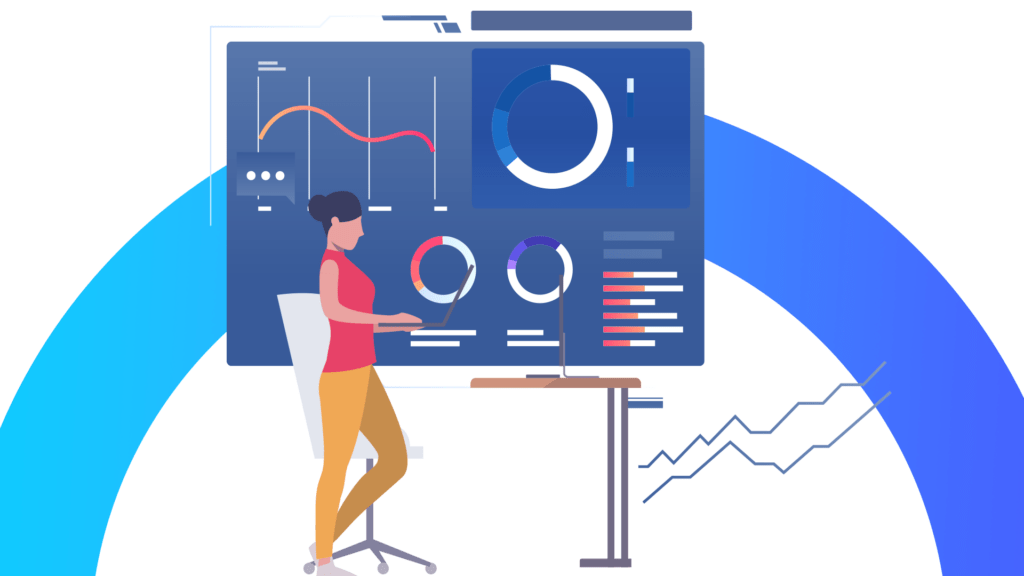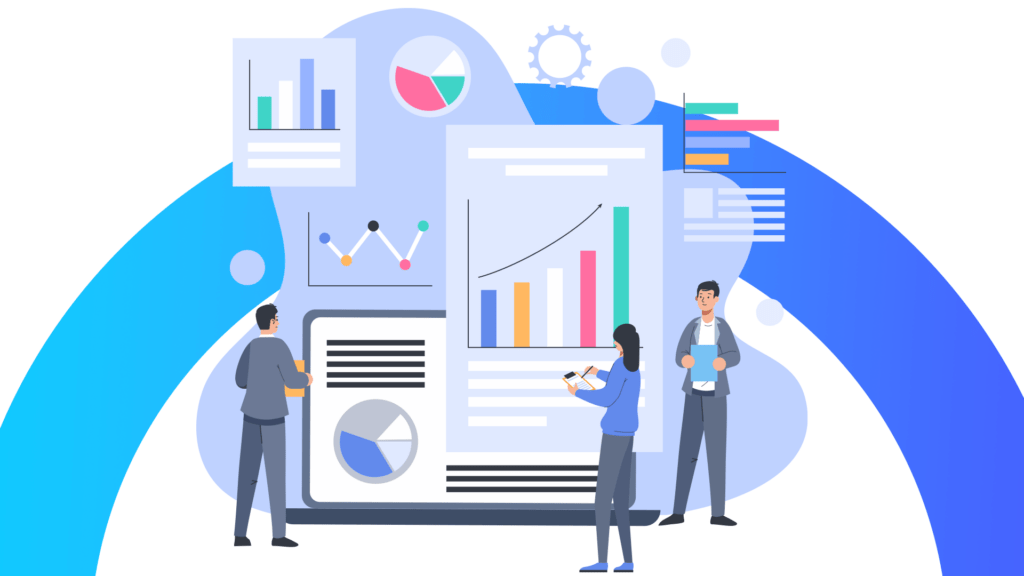Fuel loss is often just a symptom. Without real-time wetstock monitoring, station operators face uncertainty, compliance risks, and revenue leaks. Learn how the right strategy can turn insights into action.
Introduction
You’d be surprised how many fuel station operators still rely on spreadsheets and end-of-day slips to manage millions in fuel. It’s not because they don’t care. It’s often because the alternatives feel either too complex or too expensive to adopt. But the truth is, no station manager today can afford to operate in the dark.
Wetstock monitoring isn’t new. The term itself has been floating around the industry for decades. But what wetstock monitoring means today is shifting. It’s not just about tracking what’s going in and out of underground tanks. It’s about bringing visibility to an environment that traditionally thrives on fragmentation.
For operators, the biggest enemy isn’t always theft or spillage. It’s uncertainty. When you’re not sure where the losses are coming from, or if there are any losses at all, you end up reacting to symptoms, not causes. And the longer you do that, the more money you lose without ever knowing it.
Why the old way isn’t enough anymore

Most station owners will agree: the daily pressures are multiplying. Environmental compliance has stopped being a line item. Instead, it’s a liability. Fuel prices shift unpredictably. Margins tighten. Staff turnover rises. And amidst all this, you’re expected to maintain operational efficiency without missing a beat.
But let’s be honest, without a tight grip on fuel inventory, it’s all guesswork. A minor leak might go undetected for months. A dishonest delivery could get written off as evaporation. A faulty sensor might never raise a flag because it’s not even being checked.
And when these small issues compound, they bleed into bigger operational concerns, such as compliance violations, poor customer experiences, and ultimately, revenue loss. Wetstock monitoring fixes that.
From static reports to real-time awareness
The best-run fuel stations treat data as currency. Not reports. Not logs. Real-time, actionable awareness. That shift from static oversight to dynamic monitoring is what separates legacy operations from forward-thinking ones.
Modern wetstock monitoring isn’t about micromanaging liters. It’s about building a responsive system that alerts, adapts, and anticipates. It’s about spotting the silent anomalies, such as the slight dip in expected volume, the discrepancy between delivery and intake, all of which point to much bigger issues down the line.
This is where many operators hit a wall. They’ve invested in equipment. They’ve installed gauges. But they haven’t connected the dots between data, action, and accountability. They collect information, but they don’t manage it.
Which brings us to a key point: implementation is everything.
The right tools make the strategy possible
It’s one thing to know you need real-time visibility. It’s another to make that visibility usable.
That’s where platforms like Fintech Fuel are reshaping the playing field. It doesn’t just offer wetstock monitoring. Instead, it integrates insights directly into operations. Whether you manage one station or ten, Fintech Fuel doesn’t drown you in numbers. It gives you clear, immediate signals.
It’s designed not just for data collection, but for real-world decision-making. Inventory updates in real-time. Alerts arrive before problems grow. Compliance tools come built-in. And because it connects seamlessly with your current systems, it doesn’t ask you to rebuild from scratch.
But perhaps more importantly, it respects the operator’s time. No steep learning curve. No excessive training. Just better visibility, faster response, and more control.
The future isn’t automated, it’s informed
Everyone likes to talk about automation. But in this space, automation without insight is just noise. What fuel station management really needs is informed action – a human-led system that leans on tech to make smarter calls.
That’s what effective wetstock monitoring offers. It’s not about replacing people. It’s about empowering them to act with confidence. And that’s what the next generation of station operators will demand—not more data, but better context.
Sounds like something that would benefit your operations? Talk to our experts to learn more.




